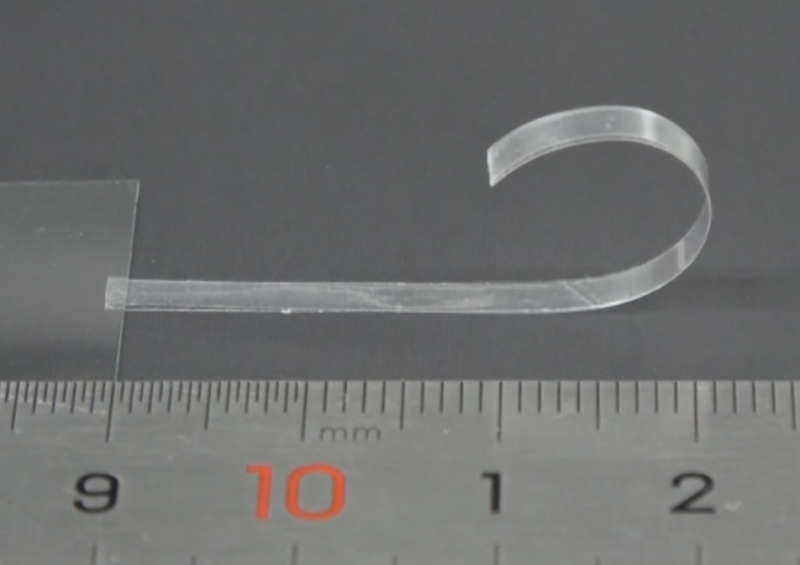Device passively registers temperature, switches from heating to cooling
Ars Technica » Scientific Method 2022-09-13

Enlarge / The shape-changing material in the process of unrolling in response to a change in temperature. (credit: Zhang et. al.)
Recent heatwaves have struck areas like Northern Europe and the Pacific Northwest that have traditionally gotten by without much air conditioning. As people in those regions adjust to the new reality, we'll likely see a change in electricity use, with surges in demand typical of locales further to the south. The strain those changes place on the grid can add to the challenge of rapidly moving away from fossil fuels.
Materials that passively heat or cool an environment can cut down on the demand for energy by handling some of these needs without requiring the use of energy. Some of these materials reflect incoming sunlight to keep it from heating a space, while others actively radiate heat away into space, which is great if you're only worried about heat. But many of these areas experience seasons and have times where getting rid of stray heat will also boost energy use.
Now, a team of researchers at Nankai University has figured out a way to have it all: warming in cold air and cooling once things get hot—all without needing any energy input.